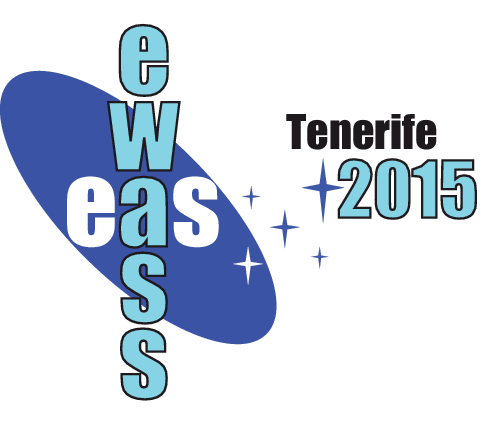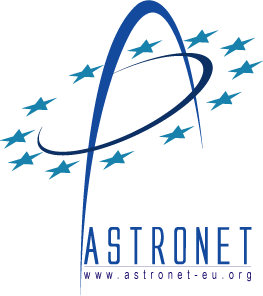Special Session Sp2
22 June 2015
Observational anomalies challenging the Lambda-CDM cosmological model
Aims and scope
In the current paradigm of the Lambda-CDM cosmology, the fundamental properties of the Universe are believed to be well understood, with only minor adjustment of the basic model being left to be done. The global picture of an expanding Universe originating during a singularity at Big Bang is now taken for granted, and some basic properties of the Universe are considered to be known with amazing accuracy. For instance, according to Lambda-CDM concordance cosmology, the age of the Universe is 13.798±0.037 Gyr, quoted with a precision higher than the one with which we know the age of our planet.
In spite of this "optimism", there are several observations (e.g. Lithium abundance, CMB power asymmetry, missing satellites, very massive galaxies at high redshift, etc.) that do not fit well into the current model. These observations, while representing a problem, are dismissed as peculiarities that will soon be fixed within the framework of an otherwise correct model. The goal of our Special Session is to give room and visibility to those investigators who want to present and discuss observations not explained, or apparently at odds, with the current paradigm of the standard Lambda-CDM models.
The session will focus on the presentation and discussion of anomalous observations rather than on new theoretical modes. Observations that nicely fit the consensus cosmology are important, however observations that do not fit are even more important because these are precisely the ones providing insight for improvement.
Our hope is to bring together those people not fully convinced yet that we know the origin and fate of the Universe, allowing them to present their innovative ideas on observational cosmology. The presentation of observing programmes implementing standard cosmological tests with modern instruments/techniques are encouraged. Discussion of consistency checks, together with new cosmological observational tests will be very welcome. What use can we make of modern telescopes in order to test our models? What new tests will become possible with the next generation of telescopes? Is acceleration and the implied dark energy real? What observing tools would we need to make progress in cosmology: a 40m telescope or a WIMP detector? Does dark matter really represent about 20% of the Universe or betray the needs for a better theory of gravity?
If you think you know how to challenge the Lambda-CDM cosmology, open a new observational window and bring new air to cosmology, this is the session for you.
Programme
- High-z galaxies and large-scale structure: anomalies and cosmological tests.
- Local universe: deviations from Newtonian gravity, anomalies in dwarf galaxies and others.
- Other anomalies: CMB Radiation and its anisotropies, light elements abundance, etc.
Invited speakers
- Pavel Kroupa (Argelander-Institut für Astronomie, Univ. Bonn, Germany)
- Eric J. Lerner (Lawrenceville Plasma Phys., Middlesex, NJ, US)
- Riccardo Scarpa (Grantecan, La Palma, Spain)
Scientific organisers
Martín López-Corredoira (IAC, Tenerife, Spain),
Riccardo Scarpa (Grantecan, La Palma, Spain),
Renato Falomo (INAF- Padova Observatory, Italy)
Contact
Martín López-Corredoira: martinlc @ iac.es
Updated on Fri May 08 20:09:07 CEST 2015
|

 A power cut will shut down all EAS services on Tuesday, 10 January 2017 starting at 7:30 CET.
A power cut will shut down all EAS services on Tuesday, 10 January 2017 starting at 7:30 CET.


















